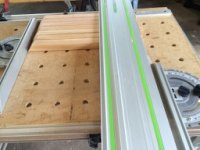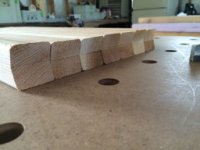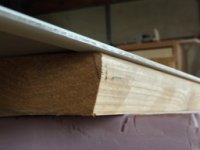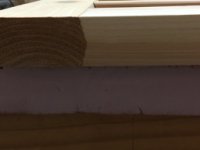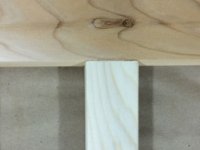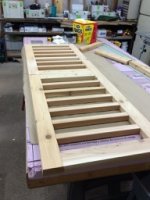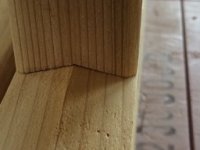Kodi Crescent
Member
- Joined
- Aug 6, 2010
- Messages
- 791
I have a rotten set of front porch posts and rails I need to replace. The current rails are made from 2x4's laid flat with a baluster "ladder" between them. I'd like to replace these either with a maintenance free material, or at built some others that will be relatively maintenance free.
I'm a bit puzzled as to the flat surface of the railing and support piece. Much of anything else we build that comes into contact with water has a slope to allow quick drainage or drying. Is there a preferred way to build standard porch rails so that they shed water more easily? Am I concerned about something I shouldn't be concerned about?
Thanks!
I'm a bit puzzled as to the flat surface of the railing and support piece. Much of anything else we build that comes into contact with water has a slope to allow quick drainage or drying. Is there a preferred way to build standard porch rails so that they shed water more easily? Am I concerned about something I shouldn't be concerned about?
Thanks!

